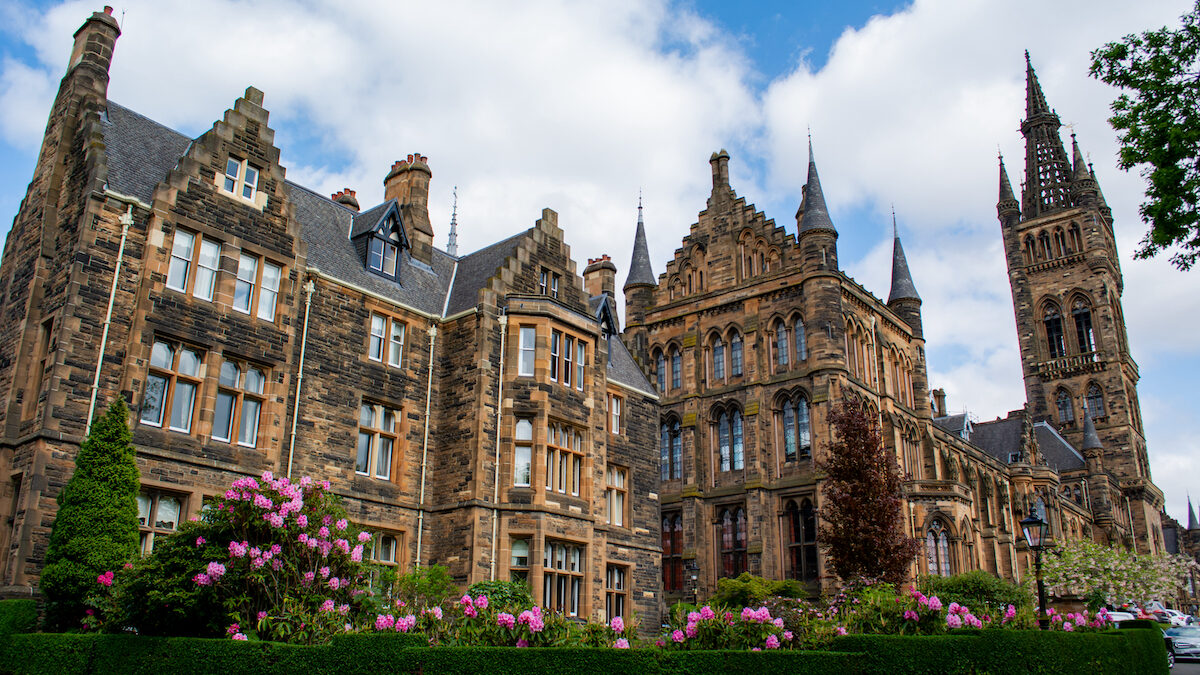Historians at the University of Glasgow have launched a computer representation of 18th century plantations in Minecraft to help school children engage with the history of slavery.
Nelson Mundell, former teacher and now a historian at the University of Glasgow, and creator of the Minecraft slavery plantation programme, said: “The aim of the project is to provide school pupils with a mental image of what a plantation could have looked like.
“This, supplemented with the lesson materials we are providing, will hopefully complement their learning from the classroom and help their understanding of the Transatlantic Slave Trade.”
The Minecraft slavery plantation programme allows pupils to explore the fictitious 18th Century Caribbean island of Saint Lauretia, where they can walk around three different plantations, wander inside the mansions and the huts, examine conditions aboard the cramped slave ships, and read extracts from historical figures from the Atlantic Slave Trade.
“Millions of children across the world spend their days creating, exploring and learning in virtual Minecraft worlds, and I wanted to harness that enthusiasm and bring it into the classroom. I had used it in schools previously, with pupils recreating Brazilian favelas, and the potential for historical projects was clear.”
“The slave trade topic is one of the most popular in our schools, and what we hope to achieve with the Saint Lauretia project is to provide schools, teachers, their students – and of course the general public – with the chance to visualise exactly what a plantation looks like.”
“We have found that pupils engage with it immediately, as it is a creative way to approach history teaching. Once you succeed in getting that interest then pupils can begin to respond, engage and connect, which helps them understand sometimes very complex issues.”
The tropical island also has different crop plantations including cotton and sugar cane, an animal enclosure, as well as docks populated with warehouses, store fronts, market and a church. Players can walk or fly around the different plantation zones, examining the differences in structures and layout, and hunt down books that provide wider context to the experience.
Also working on the two-year Minecraft Slavery project is Professor Simon Newman, the Sir Denis Brogan Professor of American History and Director of Andrew Hook Centre for American Studies at the University of Glasgow, and head of the Leverhulme Trust funded Runaway Slaves in 18th Century Britain project from which the Minecraft project developed.
Together, working with academics from the University and further afield, Newman and Mundell provide teachers with information sheets, YouTube clips, lesson plans and more materials for the classroom to, in Mundell’s words “ease the burden on teachers as much as possible.”
Mundell also revealed that he drew on an unlikely source for the construction of the Saint Lauretia world:
He said: “I managed to get my grandad, Douglas Dingwall, to build the world. He has always had an interest in creating things, and used to build forts and castles for us as children. Once I explained the premise of the project, I was pretty sure I had him hooked. He and my Gran have been fantastic.”
Dingwall, with no experience of Minecraft before, has now spent upwards of 300 hours crafting the island. Aided by his wife, he drew on sources provided by Mundell and his colleagues, and explained it was a process in which he learned too: “It was particularly enlightening to be warned that many descriptions, paintings and drawings produced during the time of Caribbean slavery were often romanticised and that conditions in reality were much more primitive.”
“Our discussions often dwelt on how best to use the limited components of Minecraft – in effect just neat blocks of material – to represent scruffy, dilapidated buildings as closely as possible – quite difficult in fact.”
Mundell elaborated: “We have deliberately not tried to recreate the grim reality of plantation life – we just couldn’t, especially not in Minecraft. So our island is not meant to be an exact imitation, but a sensitive representation that the students can draw on when they are taught the other materials, hopefully providing them with a strong foundation for learning about the Caribbean aspect of the Transatlantic Slave Trade.”
The Saint Lauretia world is free to download for teachers, pupils and the general public.




